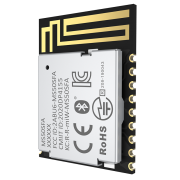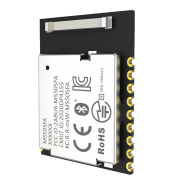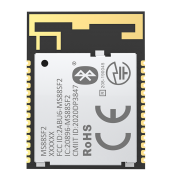The existing manual meter reading method, with its large workload and poor accuracy, can only reflect the electricity consumption once a month or so, and its information feedback speed lags far behind the instantaneous operation of power dispatch, thus failing to realize the requirement that electricity prices should be different for high and low peaks, making the manual meter reading method in urgent need of reform. And some of the automatic meter reading solutions proposed at present are to transmit the electricity consumption information of digital meters to the receiving end (e.g. property companies or electric management departments) through telephone lines or local area networks using infrared transmission.
The problems of such schemes are threefold.
(1) Too many infrared control signals in the home (e.g., with multiple home appliance remote controls) can interfere with the accuracy of the data.
(2) It is impossible to make real-time transmission using telephone lines, and the cost of Modem pools, etc. required at the receiving end is too high.
(3) The use of LAN transmission is limited to the problem of reinstalling thousands of household entry lines and long-distance transmission of digital signals.
The key to solve the above problems is to find a wireless or wired transmission method and to transmit the electricity consumption information to the receiving end in a timely and accurate manner. Through the comparison of various methods, the combination of Bluetooth technology (BlueTooth) and cable TV (CATV) equipment is a way to avoid the above-mentioned problems and to achieve better real-time control. That is, using the Bluetooth technology of wireless transmission, transmission distance is short (within 10m) and strong anti-interference characteristics, the first DC signal of the meter through the loaded BlueTooth chip wireless transmission to the CATV line in the uplink channel, through the CATV network throughout the city and countryside, directly to the property company or electricity management of the scheduling department, and then demodulated digital signal, can be input to the computer to complete the online any user BlueTooth's anti-interference characteristics, the Bluetooth chip is extremely small and can be directly embedded in the digital meter. Its work using 2400 ~ 2483.5MHz ISM (Industrial, Scientific and Medical) band, this is because there is no fixed signal interference from other systems in this band, while the band is open to the public, the band is valid worldwide. However, at the same time ISM band as open band, the use of any of these bands will encounter unpredictable random sources of interference (such as certain household appliances, cordless phones and car door openers, etc.). Therefore, interference sources from external and other Bluetooth users are handled with different techniques.
Innovative Micro MinewSemi's Bluetooth module on a wide range of applications in the meter can achieve a variety of functions, such as: the use of frequency hopping technology, anti-signal fading; the use of fast frequency hopping and short grouping technology to reduce co-channel interference, to ensure the reliability of transmission; the use of forward error correction (FEC) coding technology to reduce the impact of random noise during long-distance transmission; the use of FM modulation to reduce the complexity of the device. At present, the transmission rate of Bluetooth technology is designed to be 1MHz, with full-duplex communication in time-division mode, and its baseband protocol is a combination of circuit switching and packet switching, which fully meets the requirements of real-time in electricity meter charging.
(Department content source network, such as invasive deletion)























































